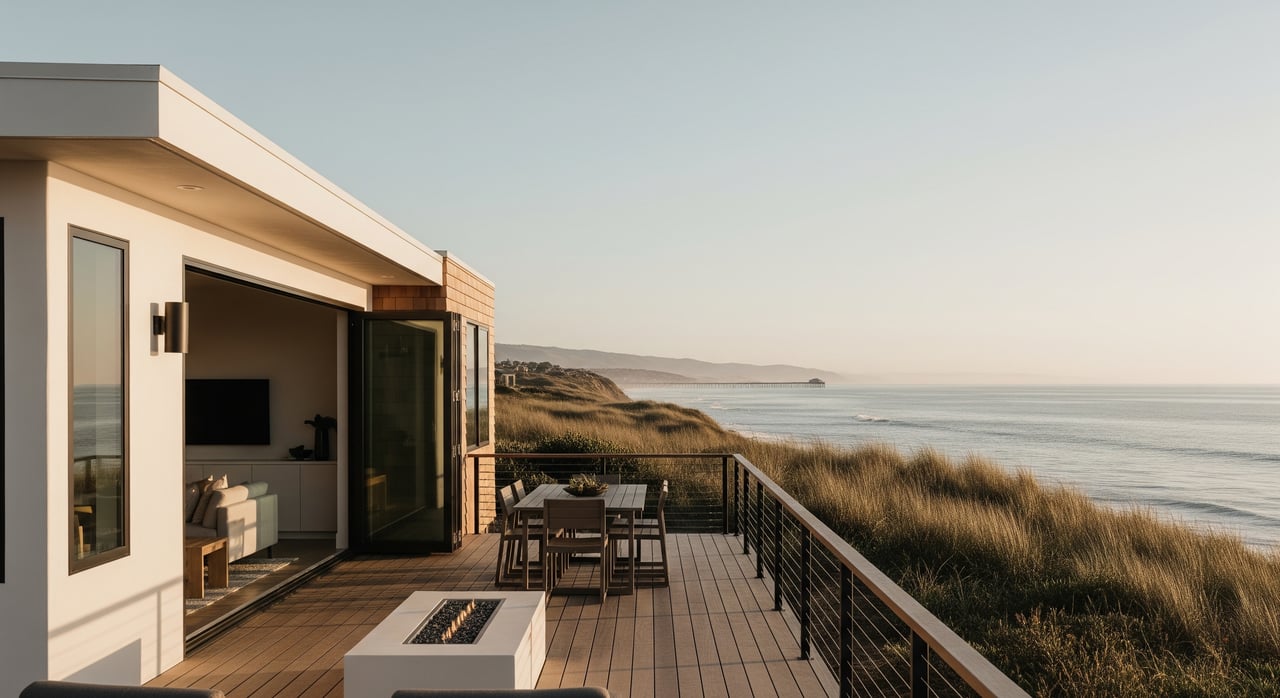
Pool Homes in Paso Robles: Resale Pros and Cons
- 01/1/26

New Construction vs. Resale Homes in Atascadero
- 12/18/25

How Escrow Works in Paso Robles Real Estate
- 12/4/25

What Contingent Means in Grover Beach Real Estate
- 11/21/25

- Housing Report November 2025 - San Luis Obispo County
- 11/7/25

Pismo Beach Short‑Term Rental Permits: What to Know
- 11/6/25
Sorry, we couldn't find any results that match that search. Try another search.